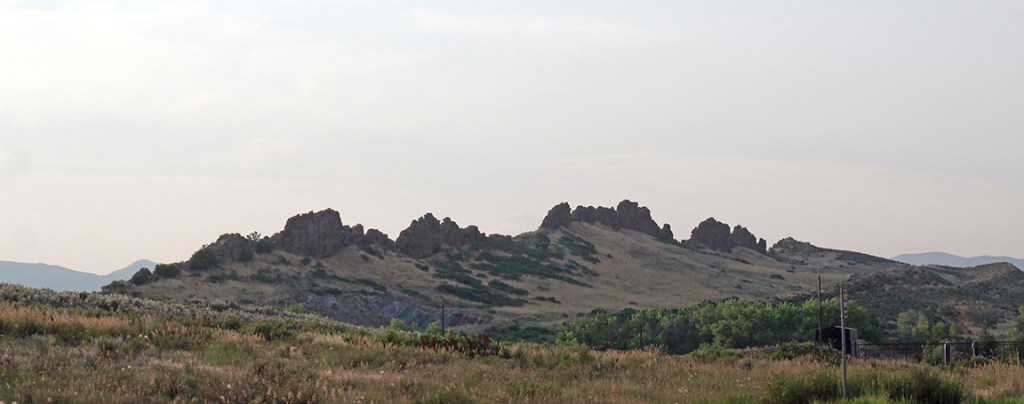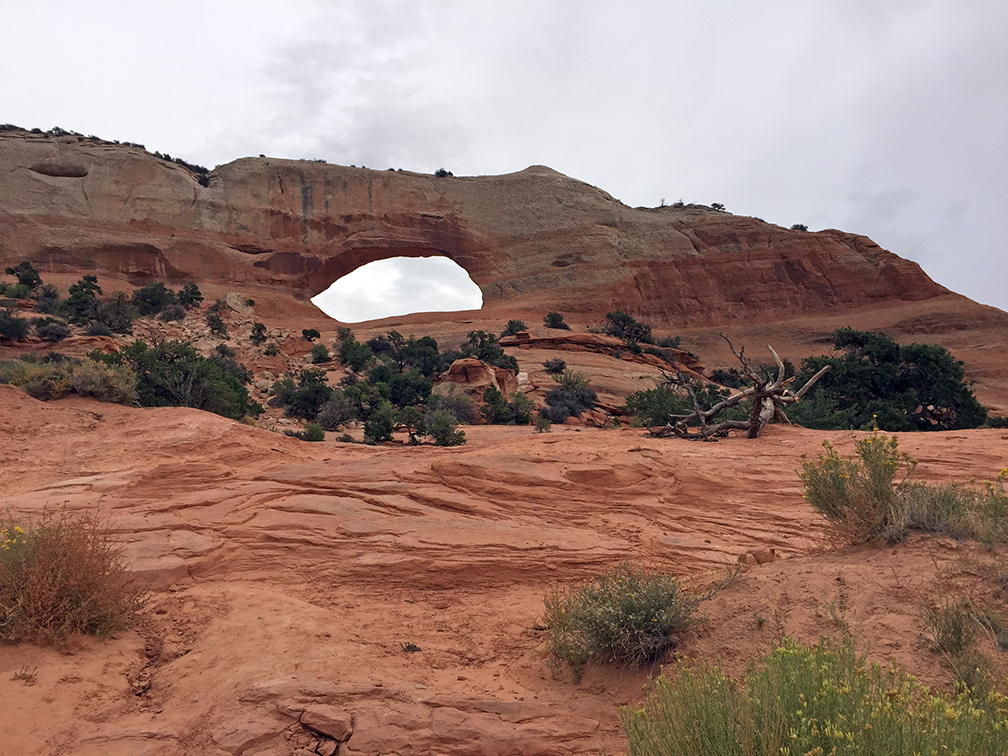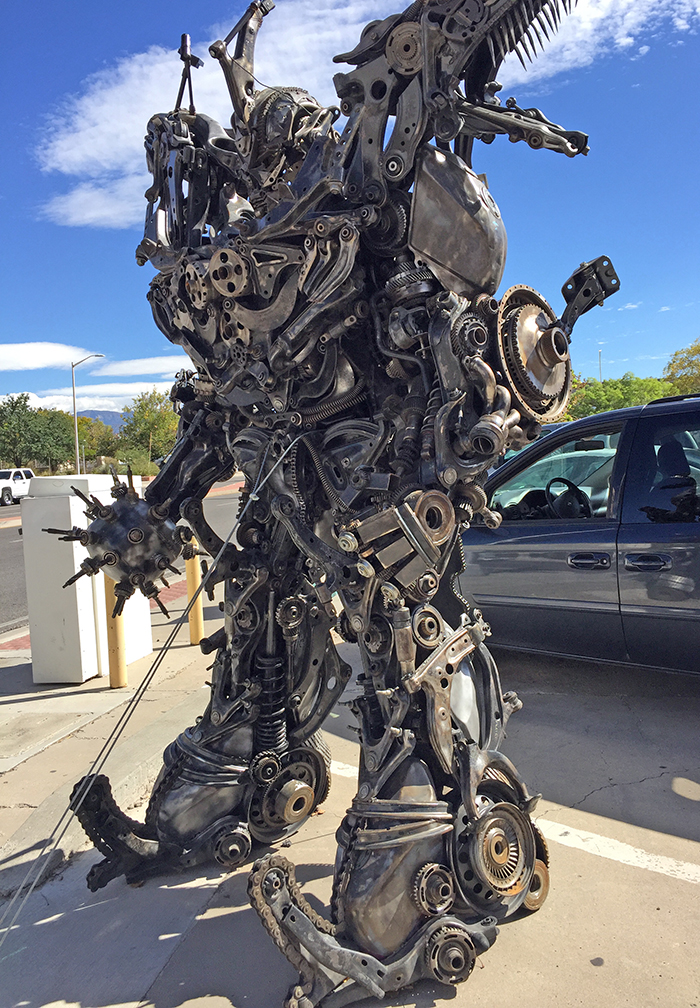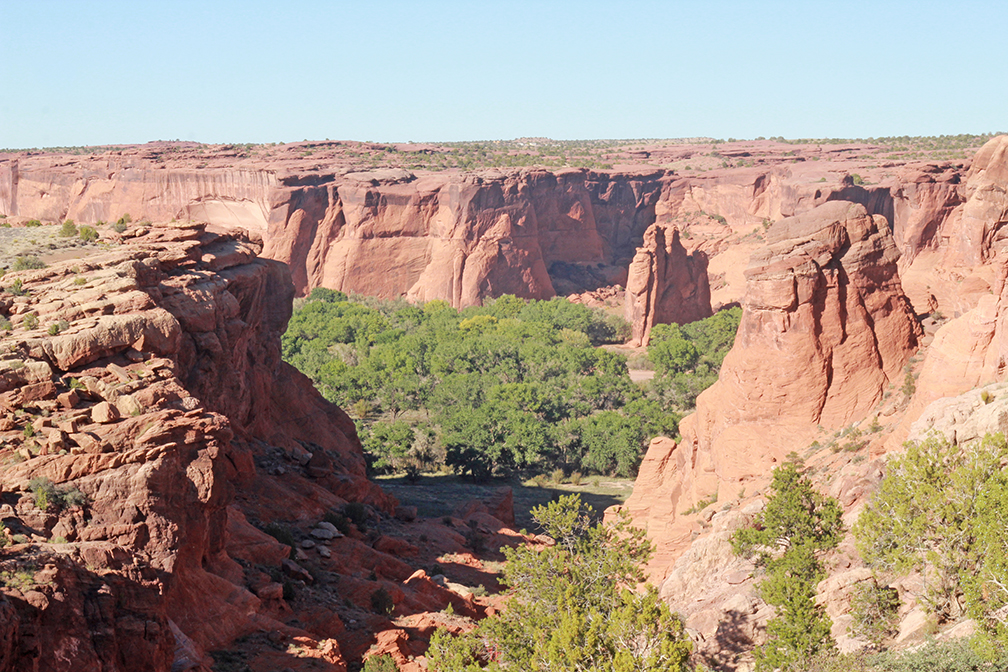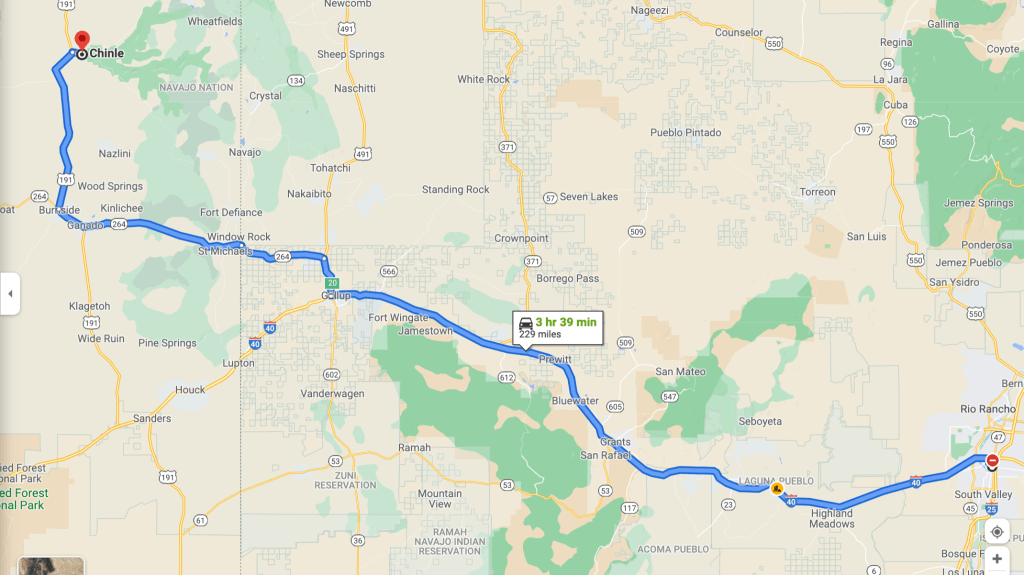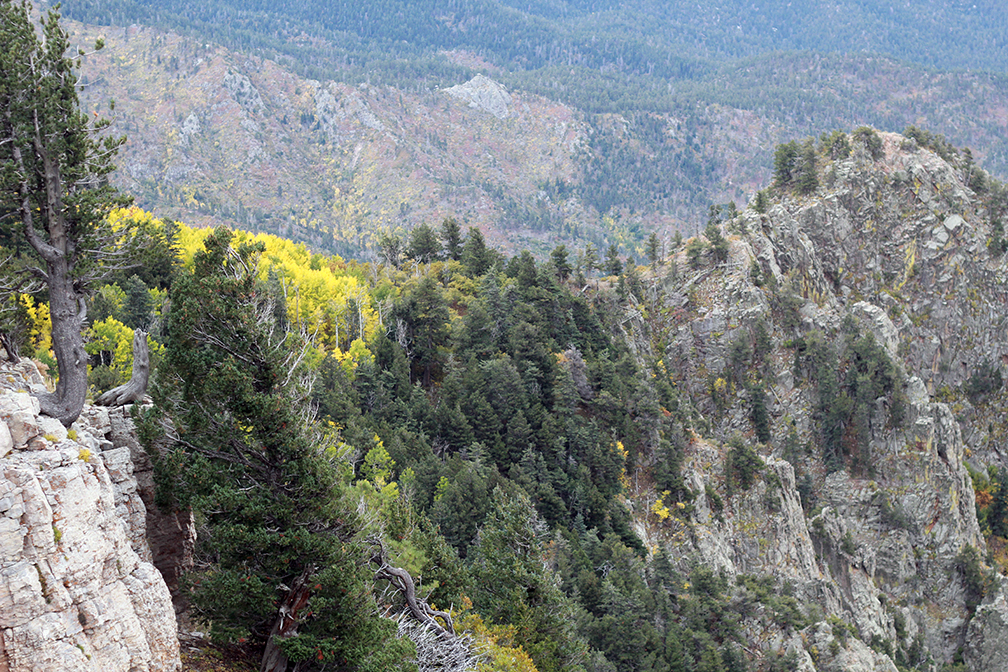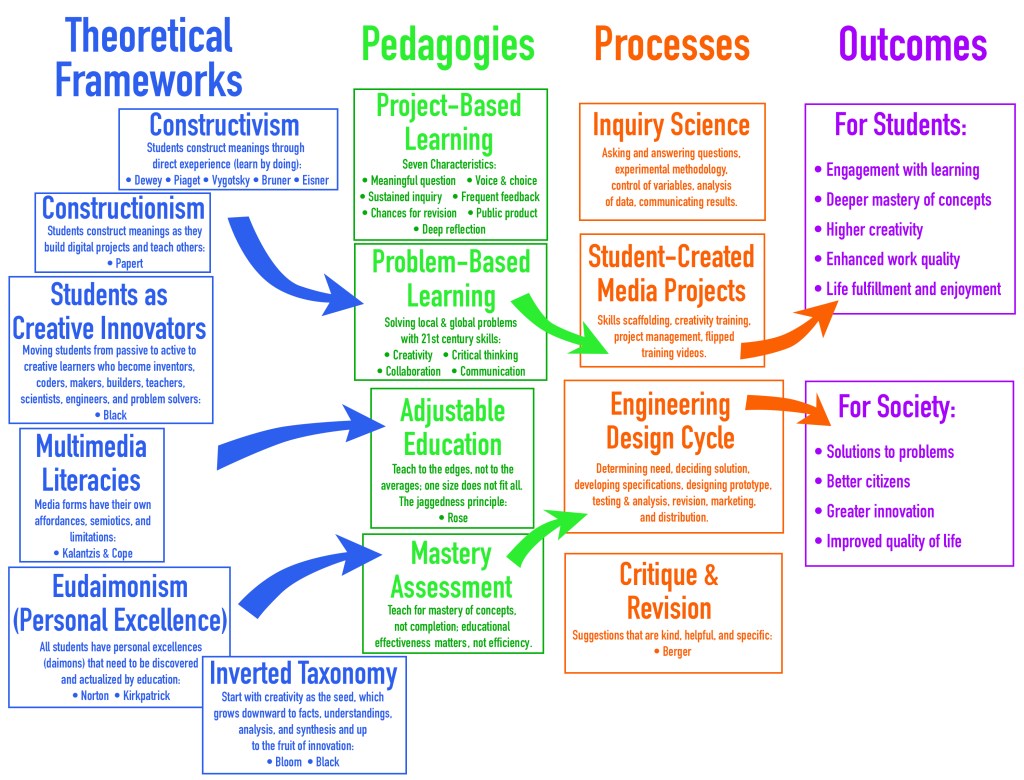
It is now December 2021 and I have completed another semester of classes at the University of Northern Colorado toward my Doctor of Education (EdD) degree. I haven’t posted very often on this blog site over the past six months because I have been so very busy completing assigned readings, writing papers, and preparing my initial dissertation proposal. I also presented a poster at a conference in Albuquerque. I thought it was high time for an update.
I am pleased to report that my coursework proceeds well. Except for the glitch that was my statistics course, I have received straight As. My courses this fall semester were EDF 700 on Curriculum Theory and Assessment and EDF 720 on Research Methodology, which was primarily a preparatory class for our dissertation proposals and culminated in our first attempt at what will be fleshed out and finally approved next semester.
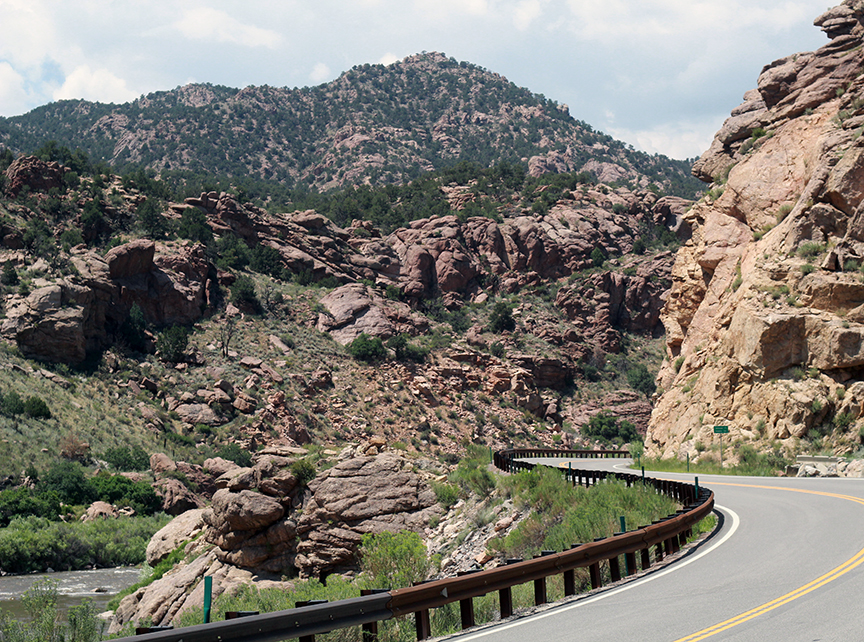
Last summer I traveled to Loveland, Colorado in late July to attend a three-day in person seminar class which focused largely on what lies ahead for us. I took my usual route to Grand Junction and stayed at a KOA I am familiar with there. I learned that I-70 was closed in Glenwood Canyon due to mudslides, so I took US 50 south to Delta, CO. This route actually goes through two Deltas. I am from the one in Utah. I continued through Montrose, then through Gunnison over several mountain passes, then braved the route over Monarch Pass. The brakes on our minivan have needed work, so I was white knuckling it down the eastern side. I drove through Buena Vista and south along the Arkansas River to Canón City, then took the cutoff to Colorado Springs and I-25 to Loveland. It was a long day but a beautiful route. I was happy to find my camping spot at the Riverside RV park west of Loveland and set up my tent.
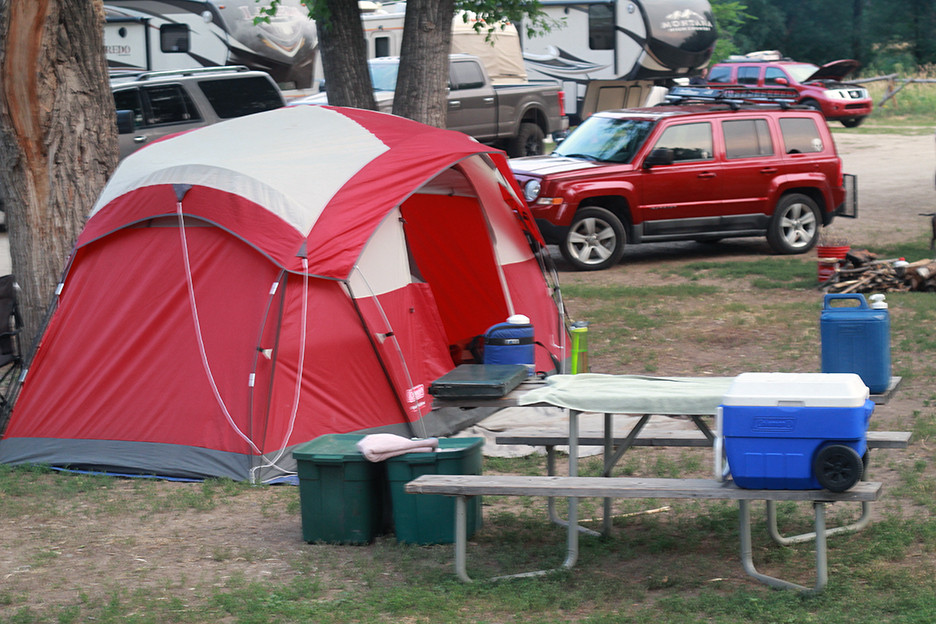
My 2019 cohort is now in our final year of classes before we begin the grand adventure of our dissertation research, so we were the “old guys” at the seminar and were asked to provide some words of wisdom to the “younger” cohorts, even though this is only the second time we’ve been to Loveland. What was supposed to be our second summer was canceled, like everything else, due to COVID. Our seminar class was held online instead. I said that I still have problems with imposter syndrome; I often do not feel smart enough or experienced enough to contribute to the field of education as a full doctor of education. I must earn my place through my upcoming research. And what a project it will be!
Instead of making the traditional poster/handout presentation of an educational theorist, we decided to do something a bit different and created a game of sorts. The theorist I chose was Seymour Papert, since I needed to learn more about how his theory of constructionism differs from the constructivist theories I was already familiar with. I had outlined how the constructivist ideas of Dewey, Piaget, and Vygotsky influenced such later people as Jerome Bruner and Elliot Eisner, but didn’t know where Papert fit in, so this was my chance. I created a two-page handout while trying to get Internet access to work in my tent at the Riverside RV Park and had it printed at a commercial print shop in town that I happened to see driving through. The presentation went well and I had time while in Colorado to explore the town of Estes Park one evening and hike along a trail at a rock formation called the Devil’s Backbone near the RV park even though my worsening right knee didn’t allow me to go far.
I drove home by going north on I-25 to Cheyenne, then west on I-80 all the way to the Heber City cutoff. It was another long day of driving but the weather was nice and the roads good. There were no treacherous mountain passes to navigate so I could save the brakes and I made it home by about 6:00 after leaving at 9:00 that morning.

The next day I had an appointment to tour the Lassonde Studio makerspace at the University of Utah, which I will report on in my next post. Then it was a short three week break that included an educator workshop put on by Epic Games to learn how to use their Fortnite Creative, Twin Motion, and Unreal Engine 4 programming systems. Then it was back to school at New Haven and at UNCo on August 23. I am determined that this will be my last year of teaching K-12 classes full time. By this time next year I will need full time to do my dissertation research.
As fall classes progressed I also needed to prepare for a trip to Albuquerque for the American Association of Teachers of Curriculum meeting, a group of college level curriculum educators for which I had a poster accepted. My poster was essentially an outline of my dissertation proposal and the revised mastery program I was using in my New Haven classes so that I could “run it up the flagpole” so to speak and see who salutes. I wanted feedback to see if I was on the right track, and since the theme of the conference was Creativity and the Muse, my topic fit very well.

I worked on the poster and overpacked it with information and images, including examples of student projects from my fall classes. I talked about the need for teaching creativity, the many definitions of it, why we should invert Bloom’s taxonomy and start with creativity, how the jaggedness principle applies to human creativity, why the concept of the daimon fits in (this conference was about the Muse, after all), and how my mastery program with student critique and revision helps students with concept mastery, creativity, quality, and teaching others. Knowing that I also wanted to provide a handout on my presentation, I created a double-sided single sheet handout that also diagrammed my research plans. These are linked below at the end of this blog post.
After putting new tires and repairing the breaks on the minivan, I took off from school at noon on Oct. 5 and drove through Spanish Fork Canyon to Green River, then on I-70 to Crescent Junction and south through Moab. The weather was threatening rain from an approaching storm, but I managed to outrun it all the way to Cortez Colorado where I pitched my tent and stayed for the night at a KOA just outside of town. The rain hit in the night, but my two spray cans of waterproofing on the tent worked well and I stayed dry despite the broken main zipper. I had figured out how to hang a blanket over the doorway while in Colorado and the rain stayed out.
The next morning there was just enough break in the rain for me to get the tent shaken out and packed up and eat a quick breakfast before heading out. I hit the rain just south of Cortez, but then it cleared out and was gorgeous for the rest of the day. I stopped along the road to take some photos of the Shiprock and almost hit a car because I missed seeing a red light in the town of Shiprock, NM because they hang traffic lights in an unusual way. I traveled to Farmington and then on south on 550 toward Albuquerque. It was a pleasant drive through the mesas and high desert of northern New Mexico, and I was happy to be covering new ground. I stopped for lunch at a Mexican restaurant in Cuba, NM and then on to where the road joined up with I-25, then south to Albuquerque.
I took I-40 east around the south end of the Sandia Mountains, then drove northeast to my campground, called Turquoise Trails. I got there in good time and spent some time letting the tent dry out as I pitched camp and dozed off in my camp chair. I will be here for several days, so I took the time to find a good site convenient to the showers with decent shade. The forest is mixed junipers and piñon pines on the east side of the Sandia Mountains. I had decided to drive down and camp instead of fly and stay in a hotel because this is also the week of the Balloon Fiesta and all the hotel prices are jacked up and flights are still hard to come by as the Delta variant of COVID continues to spread. This way I could explore more, too.
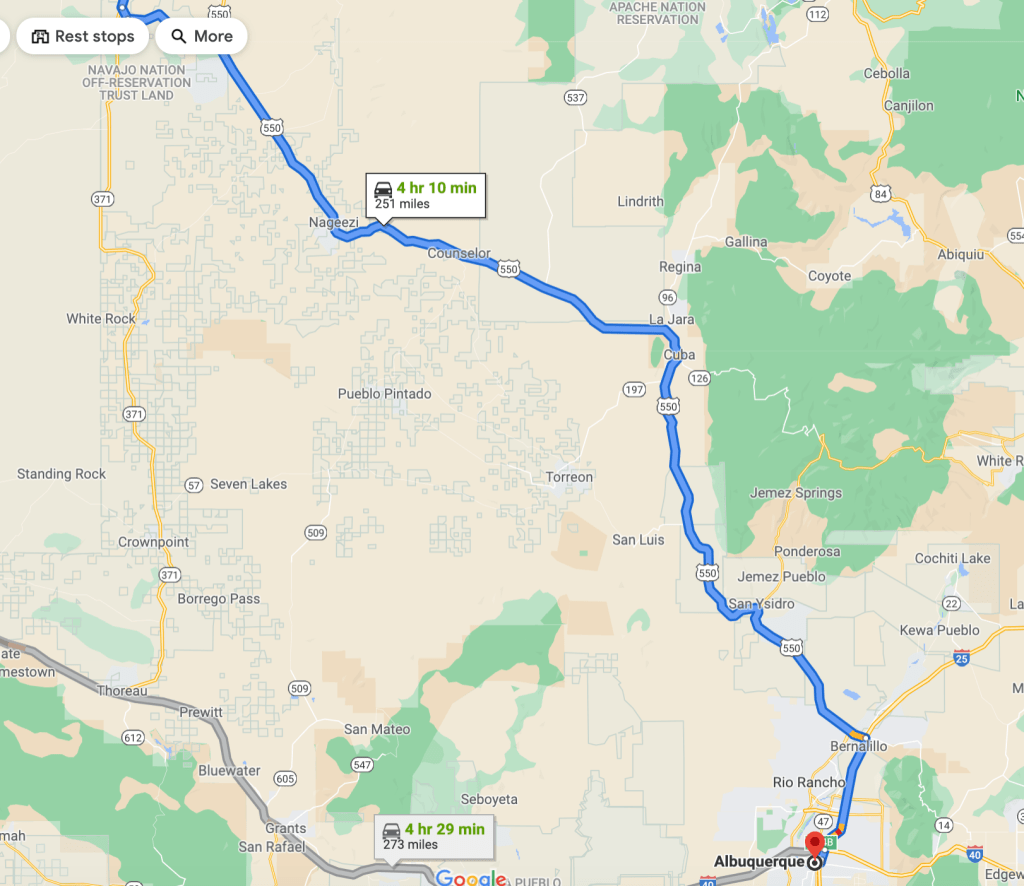
That evening I got dressed up and drove back into the city and found an underground parking garage kitty corner to the DoubleTree Hotel where the conference was taking place. I was a bit early for the opening reception, so I hung out and ran into Mandi Leigh. The reception was low key and I met some previous University of Denver students, now employed professors, and the author of one of my textbooks. We ordered horse doovers and talked shop. I didn’t realize it until the next day, but one of the people I was talking with was a researcher for the ExMASS program and saw our presentation. It was getting dark as I drove back to camp following the reception. It seems strange to be camping in October, but being so far south the weather is fair although cool at night (down into the 50s) and warm in the high 70s during the days. I slept well on my new air mattress despite my painful knee.
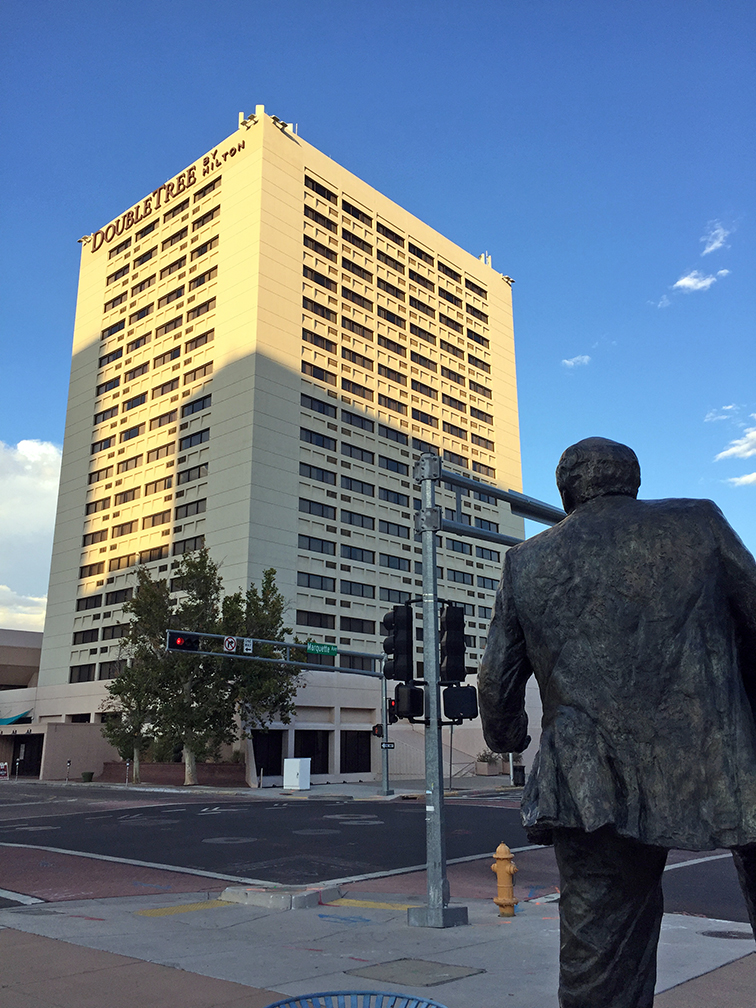
I saw the balloons launching to the north of the city as I drove back into Albuquerque the next day. This was my day to present my poster, so I carried it with me and stashed it in a spare room that had been reserved by the conference. I officially registered and got my mask and program and attended sessions all day. I got a call during lunch to schedule my knee replacement surgery for Nov. 19. It would be more complicated than anticipated because of the distortion of my leg following my accident in 1971 and will require a robotic laser marker and two surgeons to get the angles right.
Our poster presentations were to be in the lobby of the Native American cultural museum where we were having dinner. There were only seven posters and we finally found a place to set them up – I took my small camera tripod and taped my mounted poster on it, then set it up where people going into the banquet could see it. Most of the conference participants were touring the museum, and very few came to see our posters. This was not at all like the poster sessions I was used to from AAS or other scientific conferences where thousands of posters are presented in huge conference centers on large Hessian wall-weave barriers. Here it was quite unorganized, and I was disappointed in the number of people who stopped at my poster. Mostly they were from my cohort, but they did provide good feedback. I printed out way too many handouts. Well, now I know next time to do a session instead. The hotel didn’t even provide projectors – presenters had to bring their own.

There was an excellent dance entertainment by a group of Puebloan performers and we bused back to the hotel after. I was quite tired as I drove back to my campsite and fell asleep.
The rest of the conference was excellent and I attended as many sessions as possible. I never made it out to see the balloon fiesta, but high winds cancelled several of the mass ascents on days later in the week as a storm front came in and dropped a small amount of rain. I got to know a number of people, made contacts, got to meet several authors of my textbooks including Bruce Uhrmacher, and got to know a new city and area. The final sessions were on Saturday morning October 9. In the meantime I had to send in several small assignments for my EDF 720 class and had to use the hotel’s guest internet as my connection at camp was way too slow and spotty.

After the final sessions I visited the National Nuclear Science Museum and took the tramway up to the top of Sandia Peak (more on these in future posts). I pulled up camp and left Sunday morning driving west on I-40 to Gallup then north-northwest on 264 to Burnside and north to Chinle, where I took two hours to visit the south rim of Canyon de Chelly.
As the sun set I drove on to Kayenta, AZ but the motels were too expensive (I checked all three) and had to drive north through Monument Valley after dark to find a somewhat decently priced motel in Mexican Hat. The next day I drove back down through Monument Valley, then back up to Goosenecks of the San Juan and on through Blanding, Moab, and on home, arriving just as a rain-snow storm came in. The golden aspens on the Abajo Mountains and Spanish Fork Canyon were beautiful against the gathering storm clouds.

For the rest of the semester I have worked on my initial dissertation proposal and asked Dr. Matt Farber, an expert in the gamification of education, to be my dissertation committee chairperson. He accepted. Now that the semester has ended I am going through all of the research articles I have collected (quite a few) and annotating them, preparing to completely flesh out my introduction and literature review. I am also writing up study guides for various theorists and ideas that are likely to come up when I face my written comprehensive exams in late February.

By the way, my knee surgery did not happen. On my doctor’s appointment in early November I saw my full leg X-rays for the first time since 1971’s accident where I broke my leg in two places. The tibia-fibula break was a short perpendicular snap just above the ankle, but it was a bit offset. My femur break, however, was along the length of the bone at a shallow angle and the resulting set caused my knee to twist in. It also showed where the traction pins below my knee pulled free of the bone and caused the upper fibia to collapse, so that I pretty much have three breaks to the leg. All of this twisting and offsetting is why my knee joint has worn out after 50 years.
Unfortunately, my hemoglobin A1c was too high, so the surgery was postponed. I still do not have a new date. Since I will be going to Houston in early February and have comps at the end of February and don’t want to be on pain medication during that time, I will need to postpone until March. They are not scheduling any overnight surgery right now anyway (the complexity of my situation will require an overnight stay) because of the Omicron variant filling up the hospitals, so give or take new variants I am unlikely to see surgery before March anyway. I just hope I can keep walking that long. It is getting worse every week. (Update: As I was posting this article I received a call – finally! – from my doctor’s Medical Assistant telling me the surgery has been scheduled for Jan 28. So goodbye Houston. I won’t be going to SEEC after all and I’ll be on pain medication for my written comps. But better that than wait until March.)
I am posting pdfs of my Albuquerque poster and handout here. I would love any comments you have on the proposals. My initial rough draft of the final proposal was well received but needs some editing based on the suggestions of my cohort reviewers and Dr. Harding, so I will post it once it is edited.
Here is the handout on Seymour Papert (please excuse the typos. I typed this in a tent, after all):
Here is the poster:
Here is the handout:
Now on to the final semester of classes. I look forward to June when I will be past comps and ready for the final adventure. This research is why I have gone to three years worth of effort and expense. I hope to make a mark on the field of education and lay the groundwork for future research and several books I am planning to write that will be a culmination of my 30 year teaching career.

